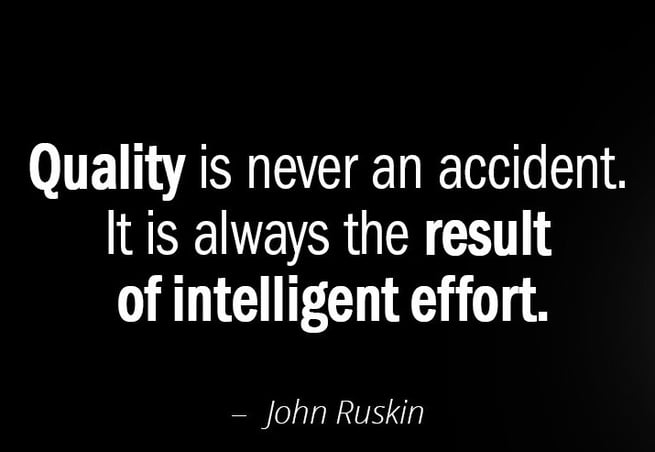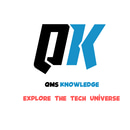IS 3564: Code of Practice for Painting of Iron and Steel Structures
PAINTING
9/15/20242 min read


Understanding Code of Practice of IS-3564
IS 3564: Code of Practice for Painting of Iron and Steel Structures is a comprehensive guideline focused on protecting steel and iron structures from corrosion through appropriate painting techniques. Below are the detailed aspects of the code:
1. Scope
The standard covers guidelines for the protection of iron and steel structures in different environments, including industrial, marine, and rural settings. It aims to ensure long-term durability and effectiveness of the paint systems.
2. Surface Preparation
Mechanical Cleaning: Use of wire brushes, grinding wheels, and sandpaper to remove rust, mill scale, dirt, and old paint.
Chemical Cleaning: Application of acid or alkali solutions to remove rust and contaminants.
Blast Cleaning: Abrasive blasting techniques such as sandblasting or shot blasting to achieve a high level of surface cleanliness, typically to an Sa 2½ or Sa 3 standard (as per ISO standards).
Power Tool Cleaning: Use of power-driven tools to remove loose mill scale, rust, and old coatings.
3. Selection of Paint System
Primers: Zinc-rich, epoxy, or alkyd-based primers, chosen depending on exposure to different environmental conditions.
Intermediate Coats: These provide additional barrier protection and enhance adhesion between the primer and topcoat. Epoxy or polyurethane coatings are typically used.
Topcoats: Designed to provide aesthetic appearance and weather resistance, such as polyurethane, chlorinated rubber, or acrylic-based topcoats.
Environmental Suitability: Paint selection is based on the corrosivity of the environment (C1 to C5M categories as per ISO standards).
4. Paint Application
Application Methods: Brush, spray, and roller methods are suggested depending on the type of surface and paint. Airless spray is preferred for large areas for uniform application.
Environmental Conditions: Guidelines for temperature, humidity, and dew point during painting are provided to ensure proper curing and adhesion.
Film Thickness: Specifications for dry film thickness (DFT) for each layer, ensuring proper coverage and protection.
5. Testing and Inspection
Film Thickness: Tools like dry film thickness gauges are used to measure paint thickness after application.
Adhesion Testing: Cross-cut and pull-off tests to ensure the paint adheres well to the surface.
Curing and Drying: Specifies minimum drying times between coats and the importance of environmental control during curing.
Visual Inspection: Inspection for uniformity, gloss, and presence of defects such as pinholes, blisters, or cracks.
6. Maintenance and Repainting
Routine Inspection: Regular monitoring for signs of paint degradation like chalking, peeling, or blistering.
Touch-up and Repair: Spot cleaning and repainting sections that show signs of corrosion or wear.
Repainting Cycles: Recommendations for repainting intervals based on environmental conditions and the original coating system used.
7. Health and Safety Considerations
Personal Protective Equipment (PPE): Recommendations for using gloves, masks, and goggles when handling paints and solvents.
Ventilation: Ensures proper ventilation during painting, particularly in confined spaces, to avoid exposure to toxic fumes.
8. Environmental Factors
VOC (Volatile Organic Compounds) Control: Guidelines to limit environmental pollution from paint fumes.
Waste Disposal: Safe disposal practices for leftover paints, solvents, and used equipment are outlined to minimize environmental impact.
The standard emphasizes the importance of selecting the right type of paint and application techniques suited to specific environmental conditions to prevent corrosion and maintain structural integrity.
